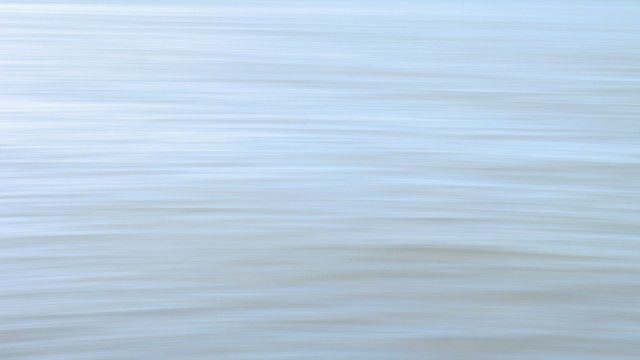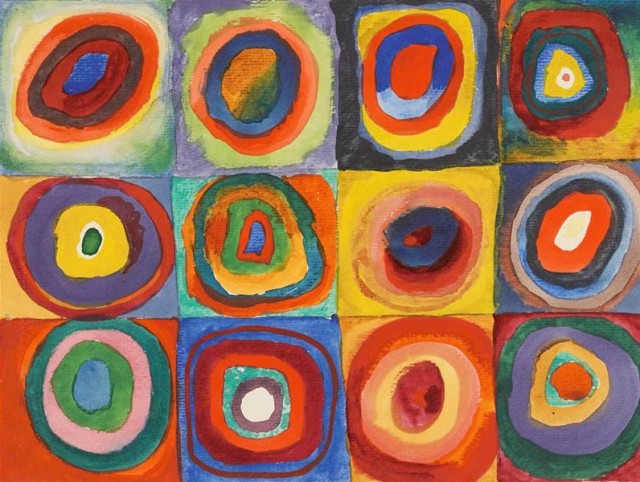
The “blue” of Lake Ontario
“The deeper the blue becomes, the more strongly it calls man towards the infinite, awakening in him a desire for the pure and, finally, for the supernatural… The brighter it becomes, the more it loses its sound, until it turns into silent stillness and becomes white.” ~ Wassily Kandinsky (via Brainy Quotes)
I’ve wanted to write about Kandinsky for awhile now because he’s considered the father of abstract painting. Recently, I saw his work at the Art Gallery of Ontario, in an exhibit titled The Great Upheaval: Masterpieces from the Guggenheim Collection (1910 – 1918).
“The Great Upheaval spotlighted the dynamism of this fertile period — as artists hurtled toward abstraction and the ultimate “great upheaval” of a catastrophic war — while presenting some of the foundational modern masterpieces that shaped the art of future generations.” ~ The Art Gallery of Ontario
I believe he has much to teach us about the purpose of creative expression, the power of colour and design, and the importance of the emotional aspects of art.
Who Was Kandinsky?
Wassily Kandinsky (1866 – 1944) was born in Russia and studied law and economics in Moscow. He didn’t begin painting until the age of 30. After studying and teaching art in Germany, Kandinsky moved to France in 1933, where he produced much of his well-known pieces, and lived there until his death in 1944. Read more at Wikipedia.

“Vassily Kandinsky, 1913 – Color Study, Squares with Concentric Circles” by Wassily Kandinsky
Licensed under Public Domain via Wikimedia Commons
The Purpose of Art
“The artist must train not only his eye but also his soul.” ~ Wassily Kandinsky (via Brainy Quotes)
Kandinsky saw art as a pointing towards the spiritual or universal. He believed that everyone had a spiritual longing and that this could be expressed through art.
The Power of Colour and Design
“Color is a power which directly influences the soul.” ~ Wassily Kandinsky (via Brainy Quotes)
Kandinsky was not only an artist, he wrote extensively about art theory, especially colour and design.
“Of all the arts, abstract painting is the most difficult. It demands that you know how to draw well, that you have a heightened sensitivity for composition and for color, and that you be a true poet. This last is essential.” via Art Quotes
The Emotional Aspects of Art
“Every work of art is the child of its age and, in many cases, the mother of our emotions.”
Kandinsky often interpreted art through emotion. Emotions give meaning and they can be expressed through colour and design.
More on Kandinsky and Abstract Art
Kandinsky via Brain Pickings
Kandinsky book – Concerning the Spiritual in Art
Website on Kandinsky
What do Abstract Expressionism and Graffiti have in common?
But, like painting, it is an art form that is not necessarily understood, but felt. Abstract photography can teach us to tap into the emotional aspects of our work, which can be carried over into all of our images. Composition is as important here as it is in painting.
Going Abstract, a four week online workshop will begin November 3rd. Learn more here.
David duChemin’s book, The Visual Imagination, is another helpful resource for abstract photography.